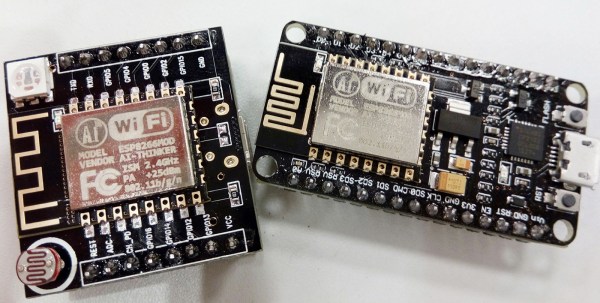You sit there, irritation bubbling deep within as minute forty-five of the meeting ticks past on the clock in the corner of the office. Fight or flight is in a contest with your attention span as you struggle to keep an interested look on your face while they drone on. Real work could be done in this time. Maybe if you go to the bathroom you could sort of… fast forward the meeting. Panicked thinking continues for a bit until your awareness snaps back to the babble of words in the room.
“How long will it take you to do this?” the manager asks.
“A couple of days maybe?” You reply in turn. The manager nods and you take your escape. Little do you know that you have failed.
The project swerves out of control. Two days on the dot the manager is there expecting results. How? How did this happen again? It felt right! Two days is all you’d need to do such a simple project. It ended up taking a week.
The next meeting you say two weeks just to be sure. Everyone nods gravely, upset that something would take so long, but the work must be done. Two days later you sheepishly wander into the manager’s office with a completed project. He looks pleased but confused. The next meeting, he insists that you can do it in half the time. You and your fragile pride bowl ahead only to deliver late. The mystery!
This was my life until I started bugging the more experienced around me. I learned a lot from them and I ended up distilling it down into a few rules.
- There Is No Other Unit Than Hours
- Be honest.
- Get Granular.
- Promise a Range. Give a Deadline.
Why?
Why does someone want a time estimate? What are they going to do with this information? When working on a contract job it often feels like sticking a foot in a trap when a time estimate is given. Are they going to hold me to this? What if it goes wrong? After all, we are not fortune tellers. Unless the manager is extremely bad or you show yourself to be extremely lax in your duties, it is unlikely that a time estimate will be used against you.
Continue reading “Life On Contract: Estimating Project Time” →





















